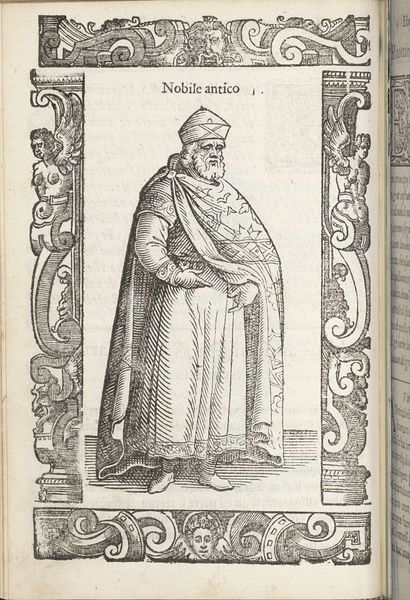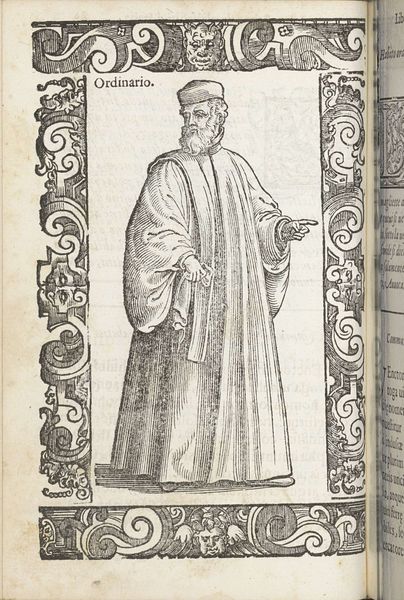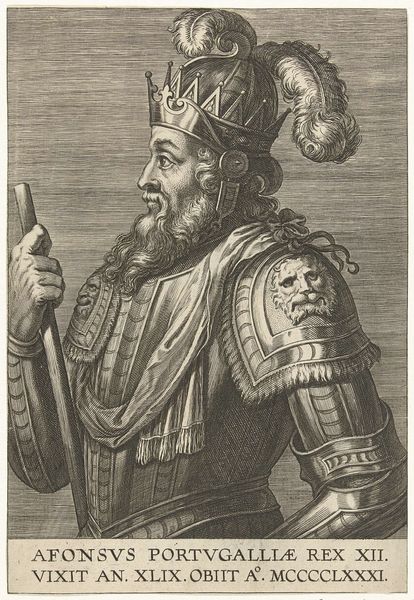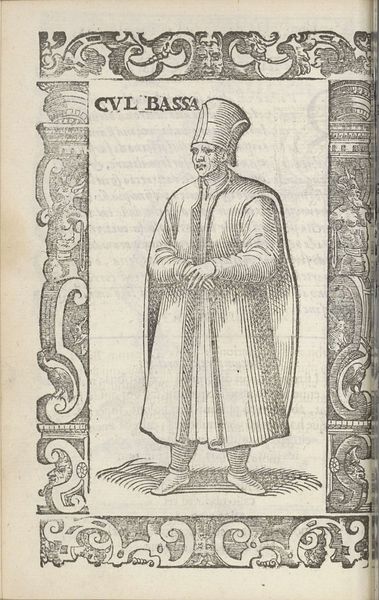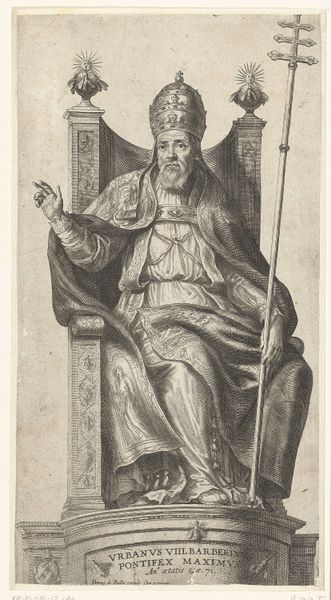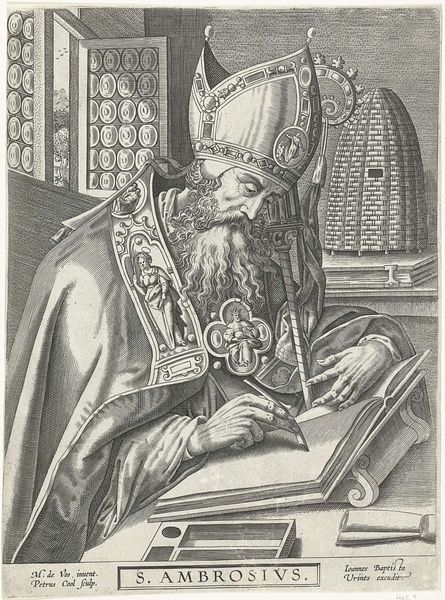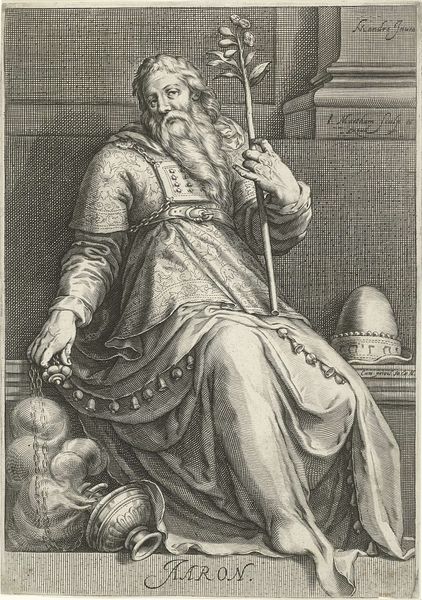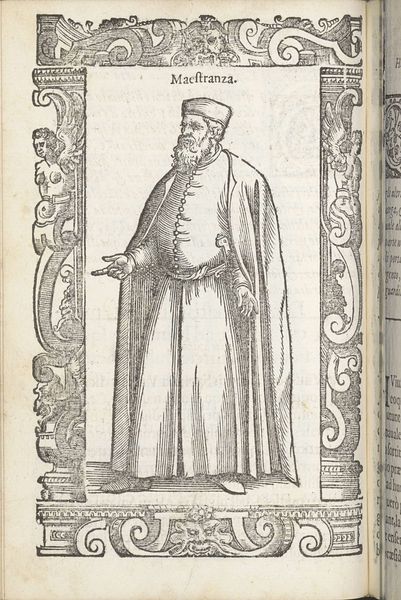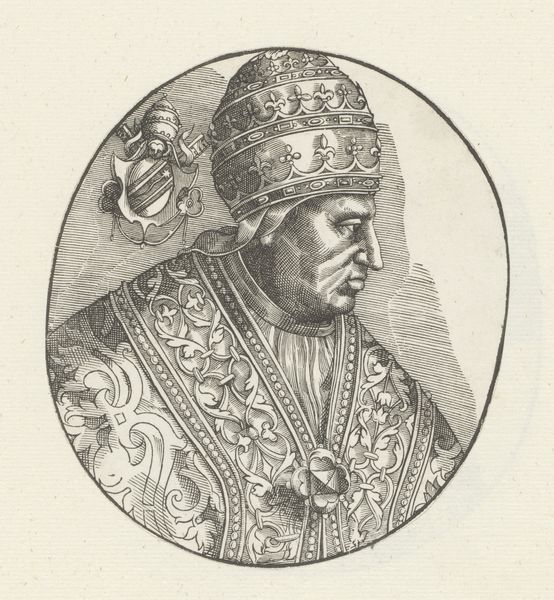
Copyright: Public domain
This is Giuseppe Barberis’ engraving of the statue of Pope Sixtus V in Piazza Cavour. Piazza Cavour, a site of patriotic gatherings during the Italian Unification, is just a stone’s throw from Vatican City. Sixtus V's papacy at the end of the 16th century was marked by ambitious building programs intended to assert the power of the Catholic Church, following challenges of the Reformation. Barberis' print, made three centuries later, invites us to consider the legacy of that power. Note the figures carved on the chair and pedestal. Who do you think they represent? Are they allegorical figures or portraits of actual people? Barberis’ composition doesn’t include a wider view of the Piazza; all the focus is on the Pope. How might this influence our interpretation of Sixtus V’s place in history? As you consider the historical context and artistic choices of this engraving, perhaps you’ll reflect on the interplay between religious authority, public space, and national identity.
Comments
No comments
Be the first to comment and join the conversation on the ultimate creative platform.

